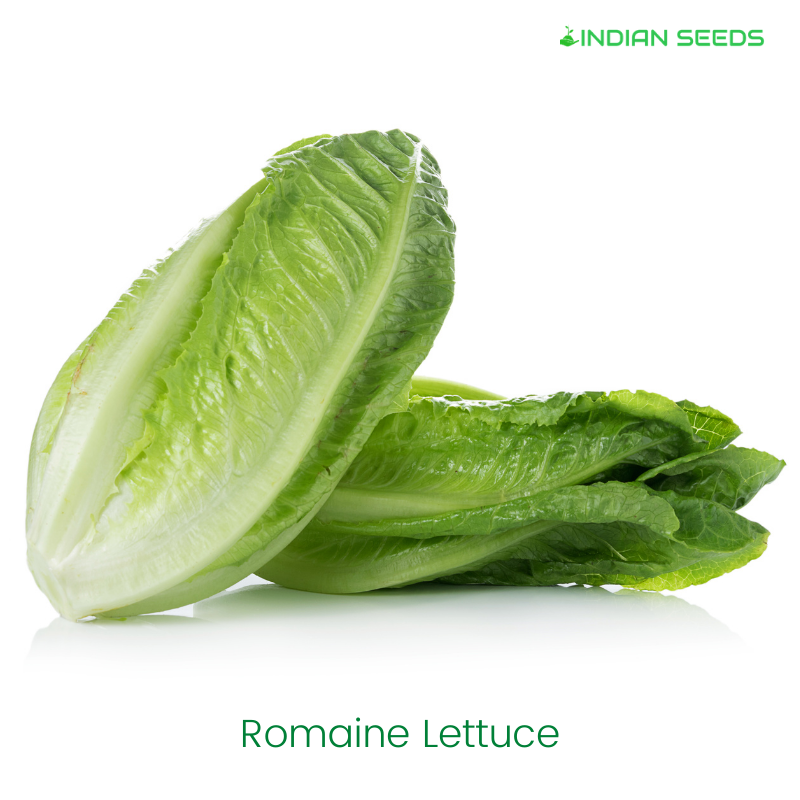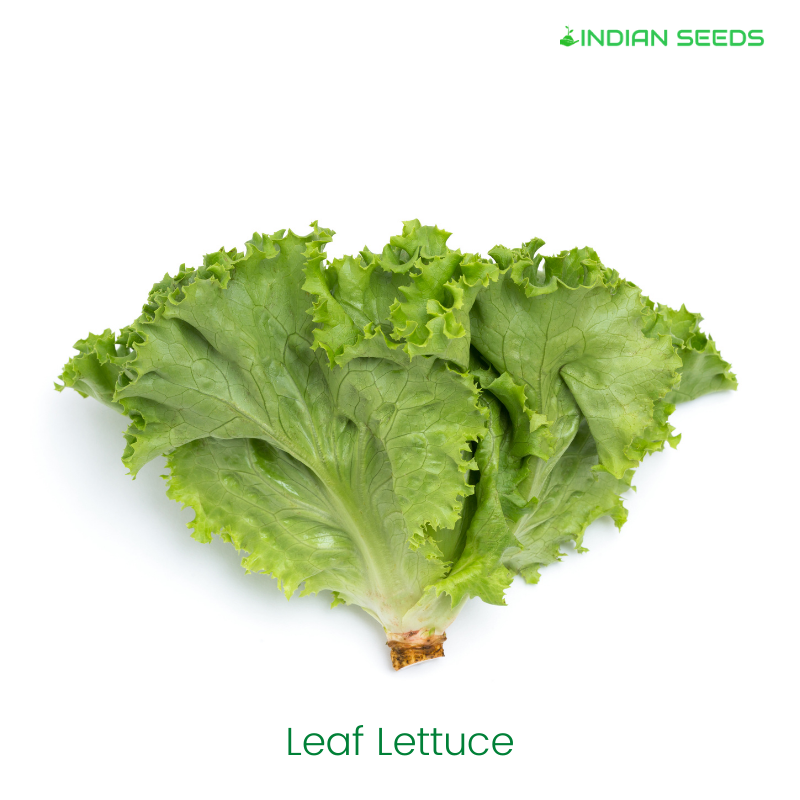Thank You
What is Lettuce?
Lettuce (Lactuca sativa) is a daisy-like annual plant in the Asteraceae family. It is commonly grown as a leaf vegetable, although its stem and seeds are also harvested.
Lettuce is most commonly associated with salads, although it can also be found in soups, sandwiches, and wraps; it can also be grilled. Celtuce (asparagus lettuce) is one kind produced for its stems, which can be eaten raw or cooked.
Common Names of Lettuce
Botanical Name: Latuca sativa
English : Lettuce
Tamil : Lettuce Keerai
Malayalam : Uvarcheera / Uluvacheera
Telugu : Lettuce Koora
Kannada : Lettuce Soppu
Hindi : Salad Ke Patte
Bengali : Lettuce
Gujarati : Lettuce
Marathi : Saladchi Paane
Oriya : Lettuce
Lettuce Nutritional Content
Lettuce is an excellent source of vitamin K and vitamin A, depending on the variety, with darker green lettuces, such as romaine, having higher quantities of the provitamin A component beta-carotene. Lettuce, with the exception of iceberg lettuce, is a good source of folate and iron.
In 2017, the world produced 27 million tonnes of lettuce with China producing 15.2 million tonnes or 56% of the total.
Types of Lettuce
Romaine Lettuce

Romaine Lettuce adds a powerful crunch to any meal with its long, slightly bitter leaves and firm, sweeter cores.
Iceberg Lettuce

Iceberg lettuce is crisp and hearty but it lacks the flavour as of other lettuces. Look for heads that are robust, densely packed, and weighty for their size.
Butter Lettuce

Butter lettuce is of two types: Boston and Bibb. Small, spherical, and loosely formed heads with soft, pliable leaves that bruise easily characterise the Boston variety. It’s larger and fluffier than Bibb lettuce, but both make excellent cups for cooked ground chicken or shrimp.
Bibb, on the other hand, is adorable and petite (her head is the size of a fist)! It’s also fairly pricey, costing at least twice as much as iceberg.
Leaf Lettuce

Leaf lettuce comes in three varieties: red, green, and oak. Because the leaves branch from a single stalk, they don’t have a “head.” As a result, leaf lettuce tends to be more perishable than head lettuce. Because of its fragility, it’s commonly used in “baby lettuce,” mesclun, and spring mixes. Red leaf is crimson in colour and has a mild flavour similar to a green leaf, whereas oak leaf is hotter and nuttier. To avoid wilting, wait until just before serving to coat the leaf lettuce.
Growing Lettuce in Garden
Lettuce Vegetable is one of the few crops that can be grown in containers just as easily as they can in the ground.
We’ll walk you through the fundamental requirements and care instructions for growing lettuce at home in India in this article. Let’s start with some important considerations while producing lettuce at home.
Requirements:
Sowing Period: During the months of February and April, as well as September and November
Germination Temperatures: Range from 7°C to 27°C.
Sunlight requirements: 5-6 hours for the first two weeks; 8 hours after 3 weeks; 6-7 hours in the winter
Soil: Loamy, loose, well-drained soil
Watering – twice a day in the summer; when needed in the winter
Common Diseases: Yellow Spots, Mildew, Rot, Leaf Spot, and other diseases.
Soil Preparation Lettuce Vegetable cultivation:
To get the highest yield and plant growth make sure the potting mix contains all of the necessary nutrients. We recommend utilising organic compost. Maintain soil pH level of 6.0-7.0.
A proper balance of fertile soil and vermicompost should be used to make an optimal potting mix. If you’re growing lettuce in pots, you can make the potting mix with equal parts of any natural compost, such as dried leaves or grass, food scraps, and so on.
Lettuce Vegetable Sowing and Seeds Germination
☘️ Prepare the potting mix first. If you’re planting in the ground, simply mix in some vermicompost with the fertile soil.
☘️ Fill the containers with potting mix, leaving 1 inch of room around the rim if you’re using containers.
☘️ Then, 1 inch apart, sprinkle the seeds and cover with a thin layer of potting mix. Ascertain that the location of your garden receives sufficient sunlight for the seeds to sprout.
☘️ Just enough water to wet the soil is sprayed. However, don’t get it wet. If you pour too much water on the roots, they will not be able to grow and expand to their full capacity.
☘️ Lettuce seeds normally germinate in 7-10 days. Ensure that your seedlings receive adequate sunlight, that the soil is continually moist, and that the temperature remains between 18°C and 22°C during the germination phase.
☘️ The seeds will germinate and grow into little seedlings with 2-3 tiny leaves. It’s a good idea to narrow them out now. Thinning simply refers to the removal of a few plants to allow room for the rest to develop.
Harvesting Lettuce
You have the option of continuing the growth process or transplanting your crop into a different container or the ground at this point.
When it comes to harvesting, lettuce is a ‘cut and come again’ plant. This simply means that you can harvest lettuce several times if you grow it once. Let’s look at how you can harvest the lettuce you’ve been raising with love and care for weeks.


















